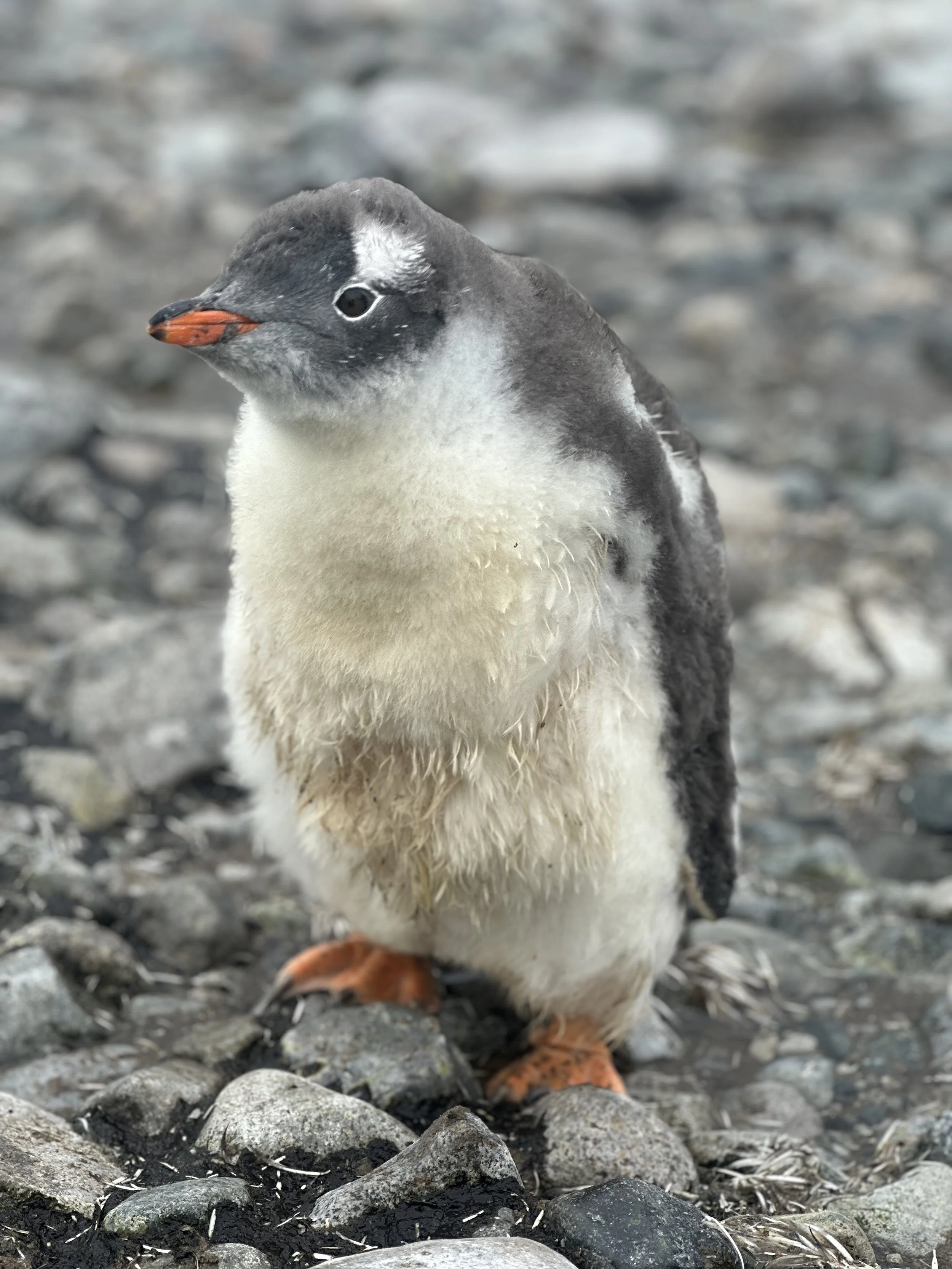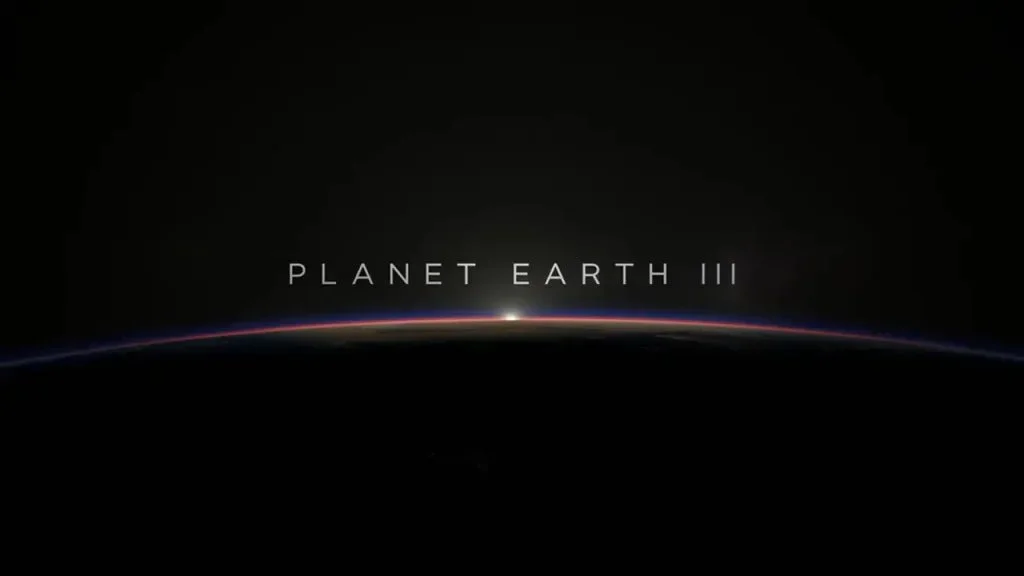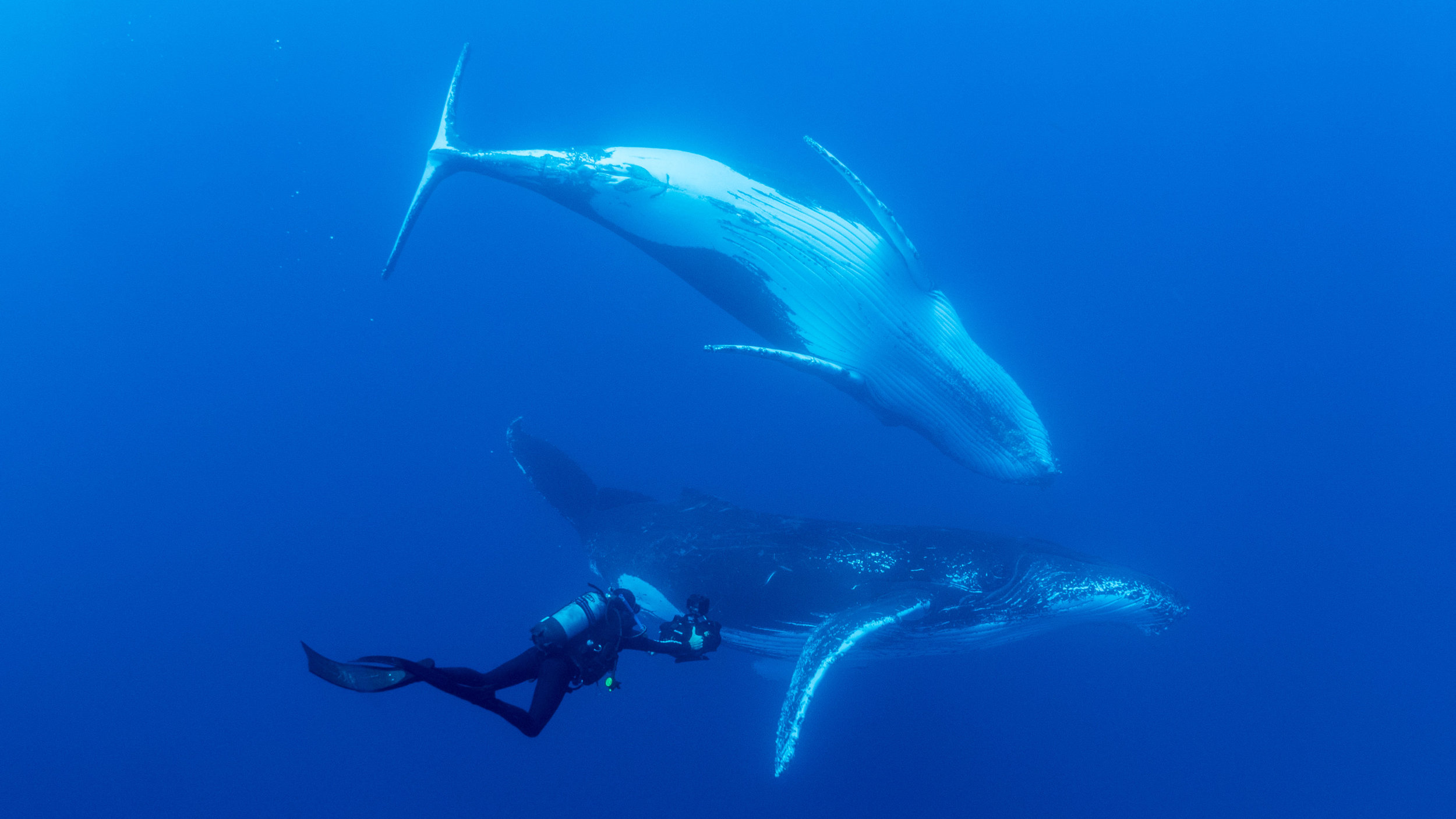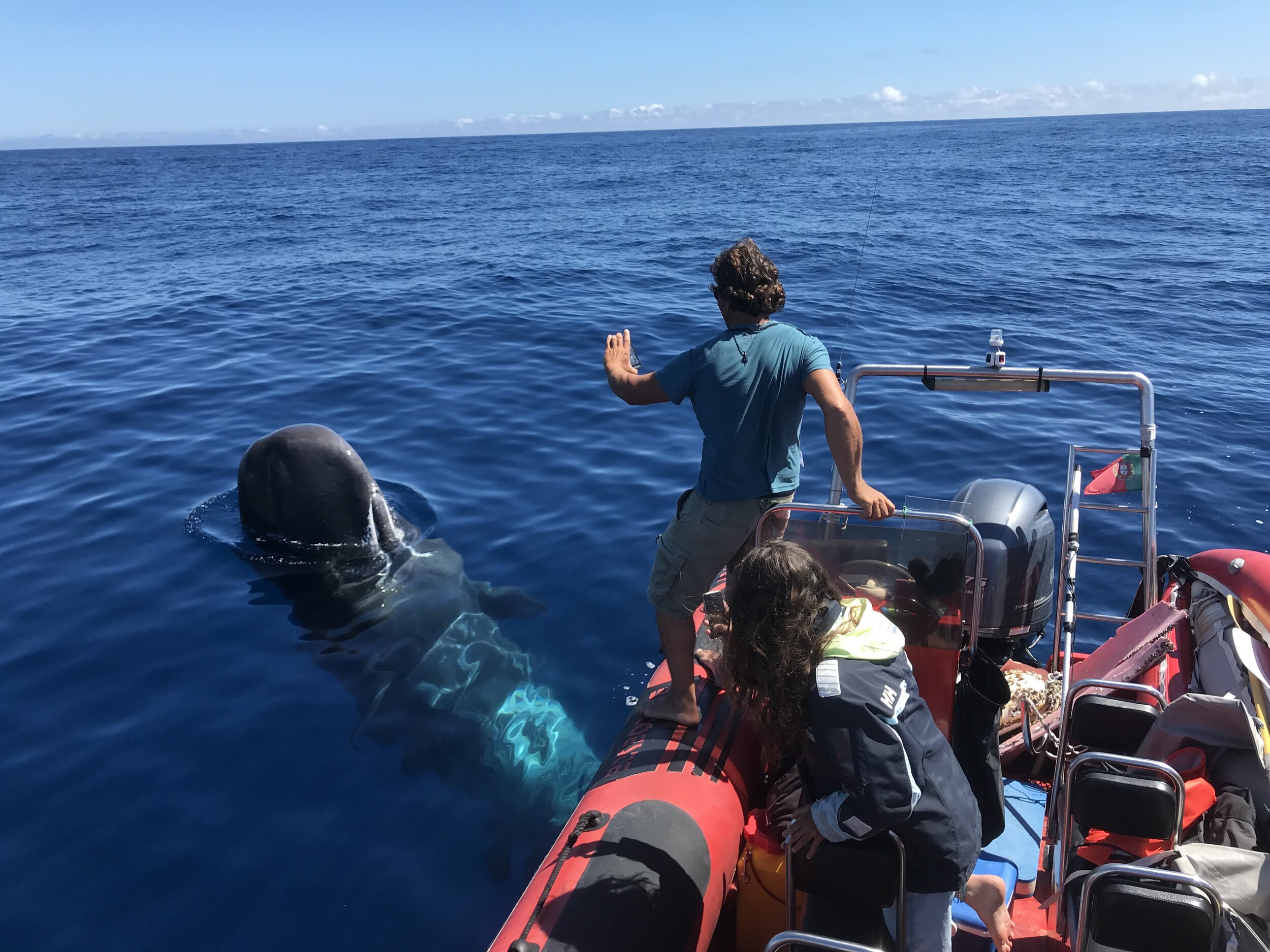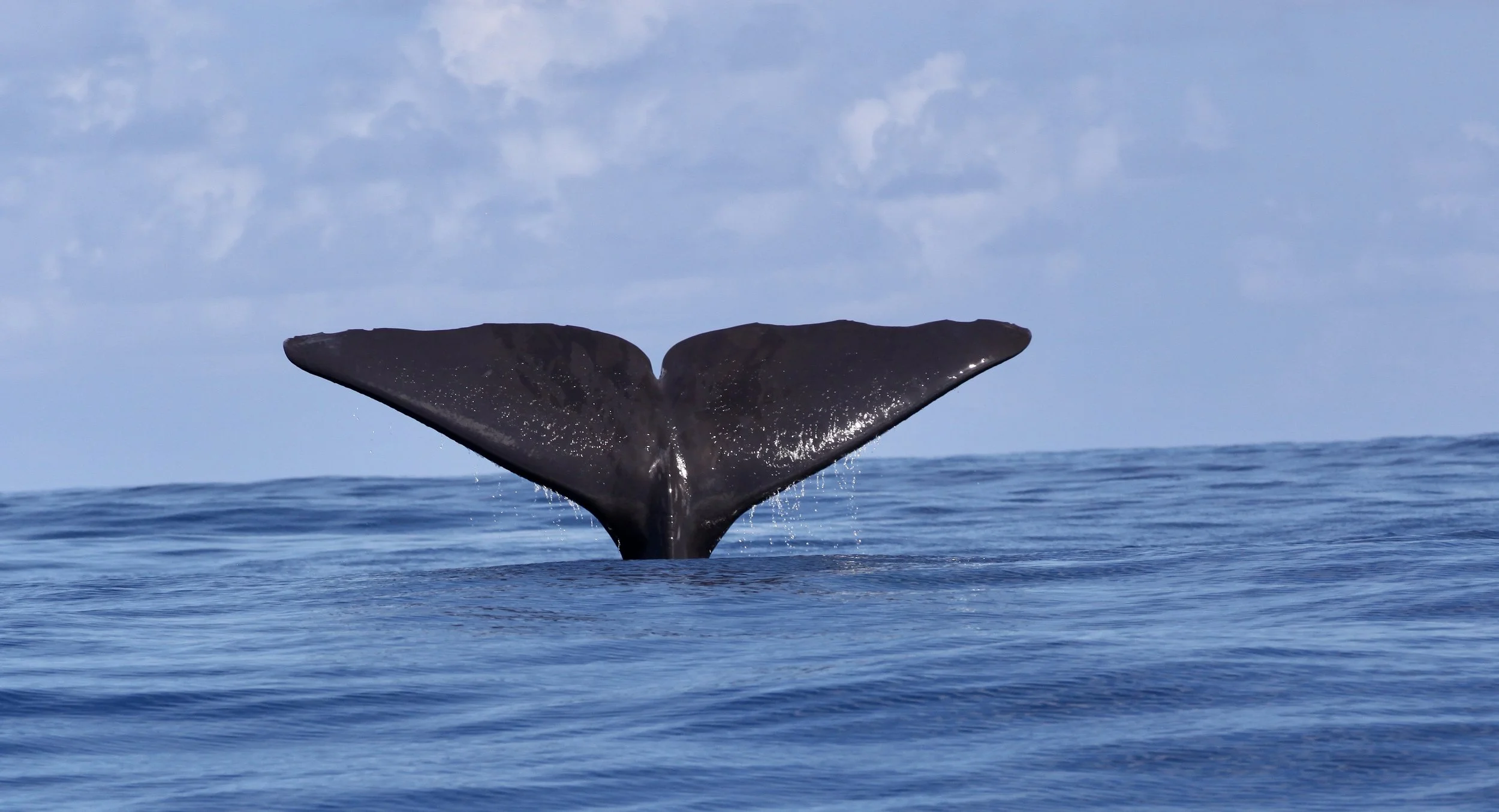Recent work, stories & field insights
Patagonia - Land of the Southern Right whale
Gulfo Nuevo is the best whale diving on earth. Flat calm conditions, shallow water and friendly Southern Right whales. Add to this strict permit conditions and this really is a conservation success story. The whales are in the bay from June to November and are calving, mating and feeding resulting in all sorts of interesting behaviours.
BBC Asia, Beneath the Waves
I was excited to see the oceans episode of the latest BBC series, Asia, air earlier this month. I worked on a number of the shoots for this series assisting series DOP David Reichert and producer Mark Wheeler. A highlight was the Morish Idol sequence which we worked on over two years. Deep water, ripping currents and a event that had never been filmed made this an exciting challenge.
OceanXplorers
I worked on this project before and during COVID as a Camera Assistant, Safety diver. Amazing ship, top tier crew and the exploration potential was limitless, in reality it was tough to balance the needs of the ship, science, submarine exploration and natural history film-making.
African Penguins Stock footage
We have had some exceptional luck capturing African Penguins Underwater and from drone perspectives, this footage is available to license for your projects. Underwater footage of these birds is rare as they are normally diver shy but under unusual conditions this shifts.
Older than Trees
Years of stunning archive footage and new cinematic content make this a special celebration of the work of James Lea and the Save Our Seas Foundation. Great to see some of my special underwater captures from years gone by in this short film.
Blue Whales - Return of the Giants -IMAX/ Giant Screen Film
I’m yet to see this film as it has not made it to Africa yet, was a privileged to spend 2 seasons on the high seas working with the legendary Hugh Pearson and a multi-talented international team of scientists and media human’s.
BBC Planet Earth 3
I’m honored to have worked over 3 years on the great white/cape fur seal sequence filmed in South Africa. Using both drones and working underwater alongside a dedicated team of local and BBC production crew we documented the dramatic interactions between these animals, it was never quite clear who was in charge in this piece of ocean.
Banco de Plata
Earlier in the year I guided an Expedition in Dominican Republic for humpback whale encounters. Silver Banks and Navidad banks are an offshore area which offer exceptional opportunities for underwater encounter during the winter season.
The Year the Earth Changed
I was lucky to work during Covid Lockdown in 2020. Strange times on earth. The beaches we closed, the ocean was off limits so we found some wildlife on the streets of Cape Town. A highlight for me was seeing a penguin and a porcupine emerge from the same street drain early one morning.
ONE, The Ocean as you never felt it
I had the privilege to work on this ambitious multimedia project. Shot on the RED Monstro in 8K, it was an ambitious undertaking by visionary artist Maya de Almeida de Araujo. Catch the exhibit at the Oceanario de Lisboa.
The Right Whale
A recent trip to the Southern Cape in search of of the Southern Right Whales which visit these waters from thier summer feeding grounds down south. Its interesting that the animals on this day were clearly hugging the surf line even though the swell was quite big.
BBC Seven Worlds - Antarctica
My first voyage down South on the Pelagic Australis and some of the most extreme diving I have done, floating in open ocean off the tip of the Antarctic Peninsular surrounded by patches of krill, seals, penguins, Antarctic cod with Fin whales lunge feeding through the krill balls, An epic adventure and an honour to assist UW Cine Dan Beecham and shoot additional camera for this series.
Seychelles Cetacean Expedition
Mid October is traditionally end of the SE trade wind in the Seychelles, and thus we chose this time to do some exploration offshore of the Seychelles in search Sperm Whales. These animals are prolific in Mauritius and Sri Lanka and a whaling industry targeting them used to operate in main Islands of the Seychelles. A recent discovery of a floating dead adult, motivated me to organize a trip in search of an aggregation of these animals.
Blue Planet II
Contributed Drone Cinematography and shot the BTS for Ep1 on this. When Blue Planet I came out it redefined my imagination of what behavior and beauty were possible in the world. A long a winding road to work on Blue Planet II, ever grateful for he process of turning dream into reality.



